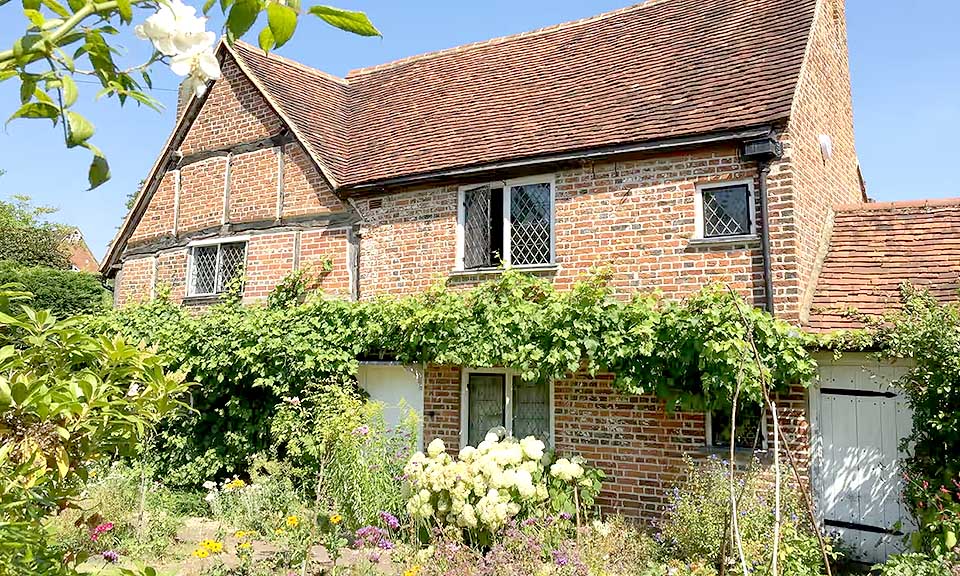
When the Covid pestilence reached Pattaya the Scribbler, imitating the poet Milton in the time of the plague, retreated to the country. Milton fled to the Buckinghamshire village Chalfont St Giles there, about 30 km from London, to find a peaceful and secluded safe haven to complete his epic work ‘Paradise Lost’.
In the Scribbler’s case far away bucolic Ban Somboon, a village deep in the Isaan countryside, served much the same purpose. I cannot however claim to have created anything like the monumental scale of Paradise Lost’s 85,000 versified words! Neither can I claim to have read even a tenth of that astonishing poetic word count. But I have read the Spark Notes!

Out in the remote Thai countryside our lock-downs never really became fully fledged although it was wise to remain as much ‘socially distanced’ as practicable. Any shopping in nearby Khukhan involved countless temperature scannings plus a lot of signing in and out.
Staying home, I soon discovered, suited me – as long as the Internet connection remained reliable. The socially distanced long days of the pandemic now offered uninterrupted time to discover the net’s infinite possibilities.
Socially Distanced Cinema…
The wondrous universe of ‘World Cinema’ was an early discovery. Not through the well known pay-wall streaming channels such as Netflix, Amazon etc but via numerous free sites. There are at least half a dozen of these, probably many more. They certainly operate with a healthy disregard for the copyright laws of many countries and that does not seem to deter their advertisers, mostly Asian shopping sites. The ads are something you have to learn to live with after all that’s exactly how they operate for free. With a little patience and experience you can easily learn how to by-pass the ads.
It was a joy to find I could again enjoy well remembered titles last seen some decades ago as well as many more recent productions. An exploration of Japanese, South Korean and Thai cinema offered more unexpected delights. Most of those re-discovered delights from the black & white past have been restored and re-mastered to reveal monochrome cinematography at its best. Here are a few of the gems I have found and you dear reader might also enjoy.
“Monsieur Hulot’s Holiday” (Les Vacances de Monsieur Hulot) (1953.) This French comedy directed by and starring Jaques Tati marked the first and in my opinion the best cinematic appearance of Tati’s memorable ‘Hulot‘ character. It’s a delightful cinematic gem, a virtually plotless exploration of a summer vacation at a seaside resort in, I think, Brittany.
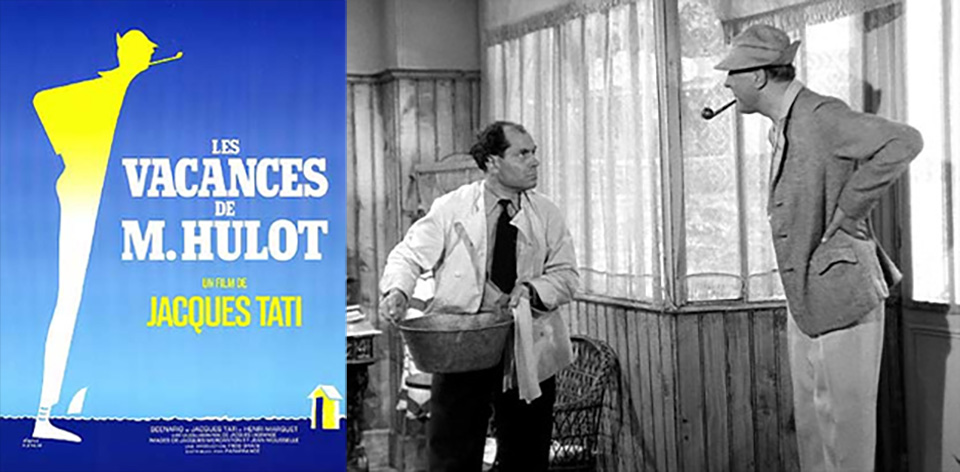
What sets the picture apart is Tati’s masterful use of visual comedy. The film is practically devoid of dialogue, relying instead on subtle meticulously choreographed humourous situations (decidedly not slapstick) and a whimsical sound design, including Hulot’s distinctive footsteps and the recurring honk of his eccentric and antique car. Hulot’s distinctive mannerisms and quirky charm make him a brilliantly observed comic character. This film is a timeless ode to the charm and absurdity of the human experience and the quirks of everyday existence.
“Divorce Italian Style” (1961) is a classic Italian black comedy directed by Pietro Germi, starring the incomparable Marcello Mastroianni. Set in a small, conservative Sicilian town, the film offers a satirical take on the social and moral complexities of marriage, divorce, and desire in 1950s Italy.
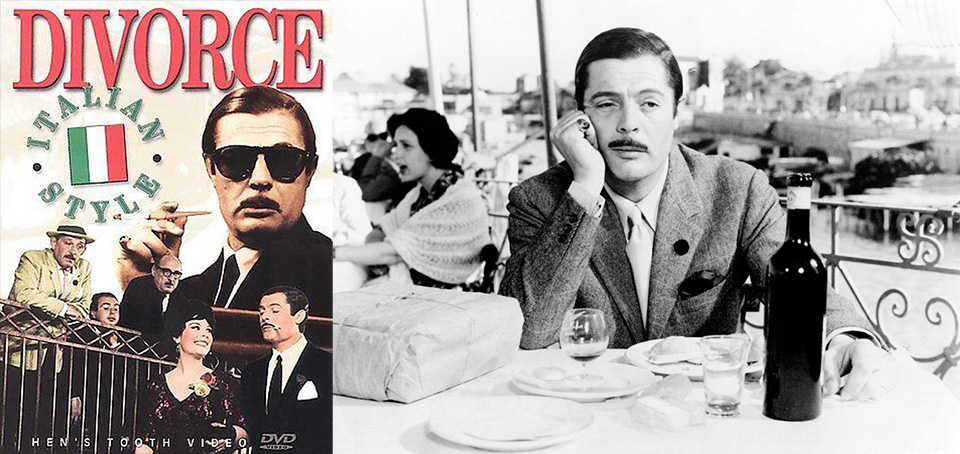
Dark humour and social commentary make it a standout in Italian cinema, earning it the Academy Award for Best Original Screenplay in 1962. “Divorce Italian Style” is a witty and thought-provoking classic that skilfully blends comedy with biting social critique. It’s a must-see for those who appreciate subtle storytelling and sharp satire.
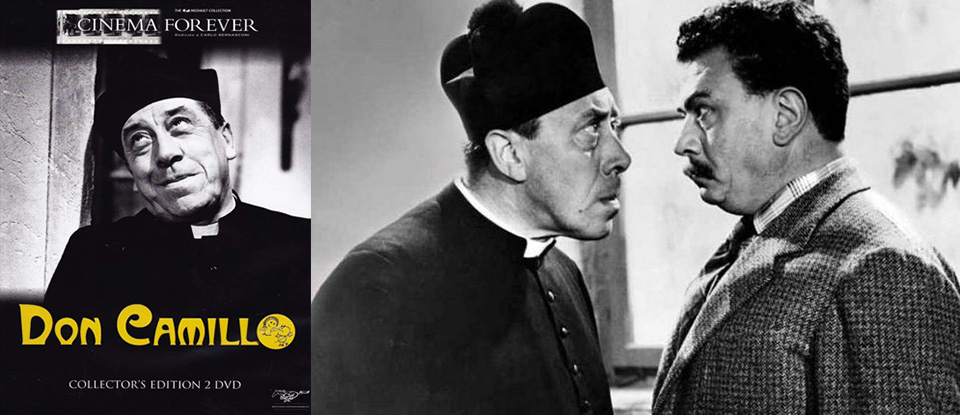
“Don Camillo” (1953), sometimes titled ‘The Little World of Don Camillo’ is a charming Italian comedy directed by Julien Duvivier. Set in an immediate post-World War II Italian village, the film is a cocktail of humour, heart, and political satire. Two strong-willed characters: Don Camillo, the local Catholic priest, and Peppone, the Communist mayor, head the cast. Their ideological differences lead to numerous humorous clashes, yet beneath the surface, their mutual respect and genuine care for their community shine through. The film skilfully navigates the tensions between Church and Communist Party, mirroring the real-life struggles of post-war Italy.
The priest Don Camillo is brilliantly portrayed by French comedy star Fernandel. He captures both the priest’s fiery temper and his compassionate nature. Gino Cervi delivers an equally impressive performance as the communist Peppone, the supposedly tough-as-nails but in reality softy mayor. The film is an hilarious exploration of friendship, camaraderie, and the resilience of small-town life, a timeless classic affirming the power of humour and compassion to bridge even the most profound ideological differences. Seventy years on it is still entertaining and resonating with audiences worldwide,
Enjoyable gems from the far North…
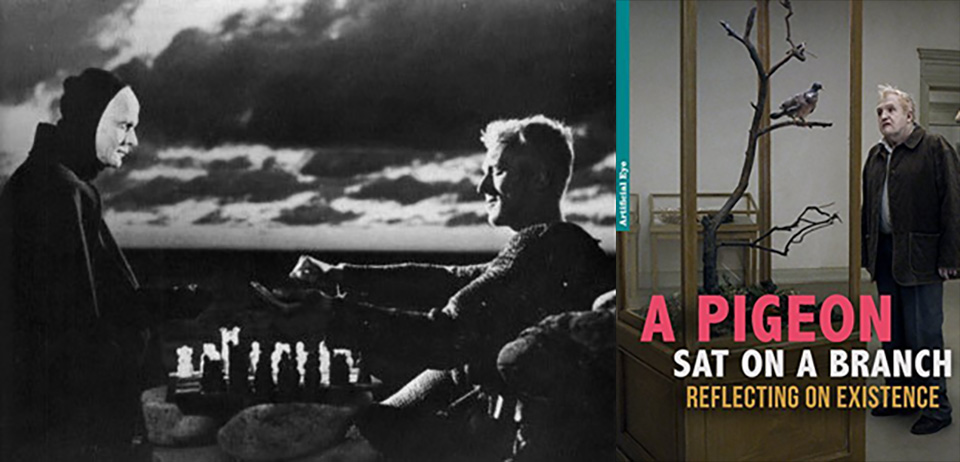
If you believe all Swedish cinema is the bleak and angst ridden world of Ingmar Bergman then take a look at the films of fellow Swedish director Roy Andersson – Bergman’s antithesis. Anyone who can create a full length feature with a title like ‘A Pigeon Sat on a Branch Reflecting on Existence’ has to be a genius!
Andersson’s films are beautifully bizarre explorations of the human condition, delivered through a series of darkly comedic vignettes. The films are visually stunning, characterized by Andersson’s meticulous attention to detail and his penchant for long, static shots. Each scene feels like a carefully composed painting, creating an other-worldly atmosphere that blurs the line between reality and dream. The deliberate pace invites viewers to ponder the absurdity of life’s mundane moments. More on Andersson in a future scribble.
An abundance of books…
As well as enjoying a feast of film I stocked up my Kindle e-reader for free from Project Gutenberg, the Faded Page and Many Books with classic literature from Dickens to Dostoevsky. Stuff I had been meaning to read for yonks but never got around to. I’m still working on that.
A magnitude of music…
And the free loading didn’t stop there. Next up was YouTube’s vast collection of classical music ranging from the old masters Bach and Beethoven to modernists like Schoenberg an Stravinsky. It would take an entire lifetime to play your way through the entire content.






